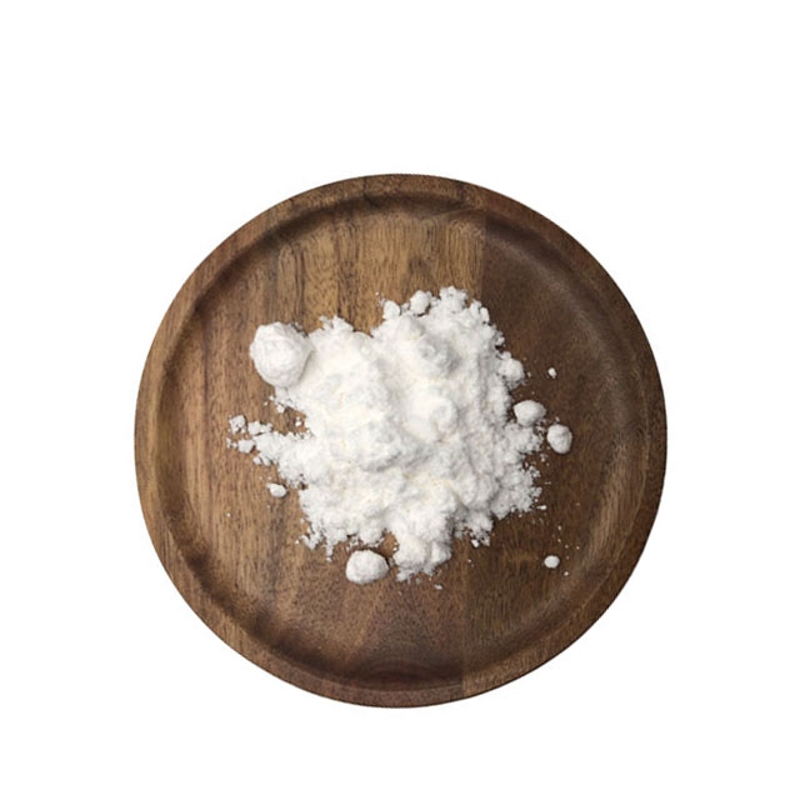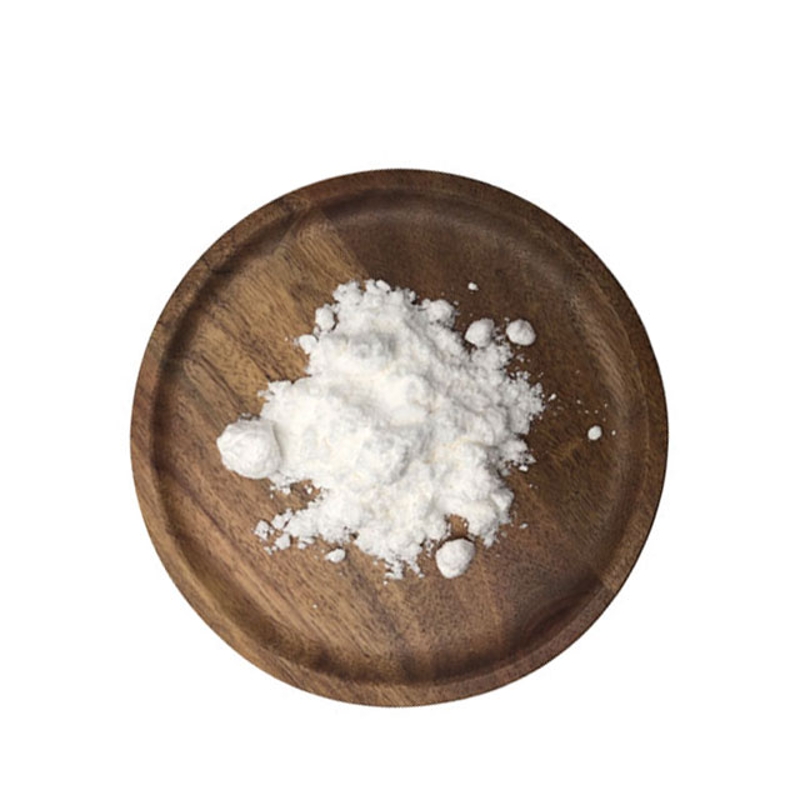The significance, principle and basic of experimental design
-
Last Update: 2021-03-16
-
Source: Internet
-
Author: User
Search more information of high quality chemicals, good prices and reliable suppliers, visit
www.echemi.com
, the significance of experimental
is a part of the scientific research plan on research methods and steps. In medical research work, regardless of laboratory research, clinical efficacy observation or on-site investigation, in the formulation of research plans, should be in accordance with the purpose and regulations of the experiment, combined with the
statstation
requirements, for the whole process of the experiment, seriously consider the experimental design issues. A well-planned and perfect experimental design, can reasonably arrange a variety of experimental factors, strictly control the experimental error, so as to use less manpower, material resources and time, to maximize the rich and reliable information. Conversely, if there are shortcomings in experimental design, it may result in undue waste and be sufficient to detract from the value of the results of the study. In a word, experimental design is the basis of the experimental process, the premise of experimental data processing, and an important guarantee to improve the quality of scientific research results., the principle of experimental design experimental design belongs to the professional aspect, there is to the statistical aspect. Statistically 20, the main consideration should be control, duplication, randomization and other issues, which is the so-called three principles of experimental design. The specifics of this will be described in sections II, III and IV.3, the basic content of experimental design(i) to develop a comparative treatment of the so-called treatment, refers to the experimental research to apply to the subjects of certain factors. Such as nutrition experiments of various feeds, treatment of a disease of several therapies or drugs, pharmacological research of various doses of a drug. Throughout the experiment, the processing factors should remain the same and be tested according to a standard. If the treatment factor of the experiment is the drug, then the content, content, factory lot number, etc. of the drug must remain unchanged. If the treatment factor of the experiment is surgery, then you should not start out unskilled, but should make the proficiency level stable and consistent before the experiment.(ii) determine the subject and number of experimental objects, which refers to animals or living tissues used in
experiments
such as specimens. In the experimental design, according to the purpose and content of the experimental observation, it is necessary to specify what kind of experimental object to adopt, and the conditions and requirements that each experimental unit in the experimental object must have in order to ensure the consistency of the subject subjects. The experimental object needs to have a certain number, the number of cases can not be too small, should not be too many. See section IV for details on how to estimate the number of cases.(iii) to determine the principle of assigning each experimental unit to various treatments, which is mainly a matter of random allocation or randomization. Section 3 describes several commonly used random grouping methods.
(iv) To draw up observation projects and registration forms, according to the purpose and task of the study, select the observation items that are most meaningful to illustrate the experimental conclusions and have certain specificity, sensitivity and objectivity. The necessary items must not be omitted, the data should be complete, and the inconsequential items need not be set up, so as not to consume human and material resources, delay the entire experiment time, and then, in accordance with the logical relationship between the observation projects and the order, to prepare a convenient and statistical registration form, in order to record the data obtained during the experiment at any time. The units of measure for the same item must have uniform symbols (e.g., , , , etc.) and should be clearly defined.(v) to draw up a plan for the analysis of the data, that is, how to prepare the data to be obtained? What statistical indicators do you want to calculate? What statistical analysis methods are used? There must be a preliminary idea in advance. For example, for counting data, is it a calculated rate or a percentage? If the rate is calculated, what are the molecules? What is the denominator? How are rates or percentages of the same items compared between groups? Or, for example, for measurement data, is it calculated arithmetic mean, geometric mean or median? What method should be used to compare the averages of the same project? Avoid the experimental design does not seriously consider, after the experiment to take the numbers to find statistical methods.
This article is an English version of an article which is originally in the Chinese language on echemi.com and is provided for information purposes only.
This website makes no representation or warranty of any kind, either expressed or implied, as to the accuracy, completeness ownership or reliability of
the article or any translations thereof. If you have any concerns or complaints relating to the article, please send an email, providing a detailed
description of the concern or complaint, to
service@echemi.com. A staff member will contact you within 5 working days. Once verified, infringing content
will be removed immediately.







